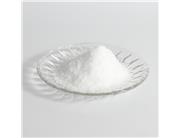Product Description
| Name | Pyrocatechol | EINECS | 204-427-5 |
| CAS No. | 120-80-9 | Density | 1.275 g/cm3 |
| PSA | 40.46000 | LogP | 1.09780 |
| Solubility | water: 430 g/L (20 ºC) | Melting Point | 103-106 ºC
|
| Formula | C6H6O2 | Boiling Point | 245.5 ºC at 760 mmHg |
| Molecular Weight | 110.112 | Flash Point | 137.2 ºC |
| Transport Information | UN 2811 6.1/PG 3 | Appearance | off-white powder |
Appearance and properties: white powder
Density: 1,371 g/cm3
Boiling point: 245 °C(lit.)
Melting point: 103 °C
Flash point: 279 °F
Refractive index: 1.612
Water solubility: 430 g/L (20 ºC)
Stability: Stable. Substances to be avoided include acid chlorides, acid anhydrides, bases, oxidizing agents, nitric acid. Light sensitive; may discolour on exposure to air. Combustible.
Storage conditions: the warehouse is ventilated and dry at low temperature, and stored separately from oxidants and food additives
Vapor density: 3.8 (vs air)
Vapor pressure: 0.018mmHg at 25°C
Production method
1. Catechol exists in nature mostly in the form of derivatives. For example, o-methoxyphenol and 2-methoxy-4-methylphenol are important for beech creosote. Catechol was first obtained by distilling protocatechuic acid or distilling catechuic extract: Later, it was found that catechol can also be obtained by dry distillation of certain plants or alkaline melting of certain resins. In industry, in the past, it was generally extracted from the tar of low-temperature distillation of coal. There are many technological routes for the synthesis of catechol.
(1) Using phenol as raw material, chlorinated by chlorine gas; Copper sulfate and sodium hydroxide hydrolysis; By acidification of hydrochloric acid.
(2) Direct oxidation of benzene or phenol with hydrogen peroxide. The direct oxidation of phenol with hydrogen peroxide to produce catechol were produced by Ube Kizuo Company of Japan and Rhone-Planck Company of France.
(3) It is prepared by hydrolyzing o-chlorophenol under pressure in alkaline medium.
2. At room temperature, the salicylaldehyde is first mixed with 1mol/l of sodium hydroxide solution, and then slightly excess hydrogen peroxide is added under agitation to react, and the temperature is raised to 45 ~ 50℃: After the reaction liquid is placed for 15 ~ 20h, acetic acid is added to neutralize the excess alkali, and then evaporated under pressure to dry. After solid was crushed, a certain amount of toluene was added and heated to boiling for repeated extraction. The catechol precipitated by cooling each time was combined with pressure-reducing distillation, and the pressure was controlled at 1333Pa. The distillate fraction of 119 ~ 121℃ was collected, and then recrystalled with 5 times toluene to obtain catechol products.
3. Under agitation, chlorine gas is introduced into the mixture of benzene and phenol, and the temperature is controlled at 24 ~ 28℃. When the relative density of the mixture reaches 0.954, chlorine is stopped and hydrogen chloride is discharged under pressure. After the excess benzene was steamed at 21332Pa,125℃, it was cooled to 60℃, and then distilled under pressure of 2666 ~ 3333Pa. The middle distillate (75℃) was collected as o-chlorophenol. Low boiling (75℃) can be recycled. The obtained o-chlorophenol was mixed with copper sulfate and sodium hydroxide in an appropriate proportion, and then passed into a tubular reactor preheated to 230 ~ 2240℃ for reaction: The reaction temperature was controlled to be 180 ~ 190℃, the reaction residence time was 50 ~ 60min, the reaction liquid returned by the reaction was entered into a container containing hydrochloric acid for neutralization, and the ph value of neutralization was controlled to be 3 ~ 3.5: after decolorization with activated carbon, filtration, filtrate was countercurrent extraction with isopropyl acetate, and the extraction liquid was often distilled under pressure and vacuum to obtain catechol.
Use
It is an important chemical intermediate, which can be used as rubber hardener, electroplating additive, skin antiseptic, hair dye, photographic developer, color antioxidant and so on.
Company Profile
Hebei yanxi chemical co.,Itd is a professional research and development of the production of lead acetate,2-phenylethylamide enterprises.The key members of the company are established by local well-known entrepreneurs and professional engineers under the call and support of the party's"low-carbon environmental protectionsafety and stability"under the innovation in traditional production equipment and technology,the use of"high temperature cooling"and "plastic basin crystallization"technology,on the basis of reducing the cost of products to make the quality of products to the same industryWith the efforts of all the staff of the companywe have established many cooperative companies in Shan Dong,He Nan,Guang Dong and other places in recent decades. Under the close supervision of the quality inspection department of the company,we carry out production and sales in the way of "labeling",providing the most convenient and fastest service for users all over the countryCompanies in the"advance with The Timesand the city every day with the advancement of"under the guidance of the core ideasadhering to the"relying on scientific and technological innovationthe development of circular economy" of the enterprise purpose,established in the marketenhance strength,go the way of science and environmental sustainable developmentrelying on the national technology research and development center, increasing spending on research and development based on the domestic market, expand the international marketmanufacturing high quality productssincere service society,toward a modern, ecology, science and technologychemical enterprises of the world.

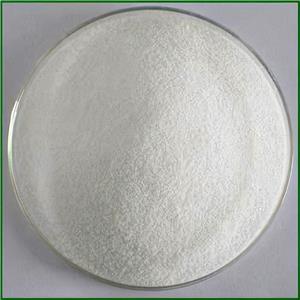
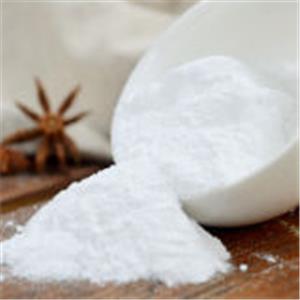
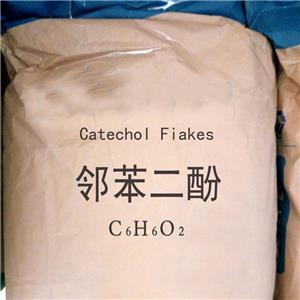
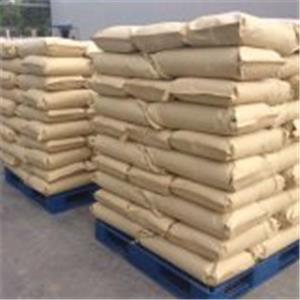
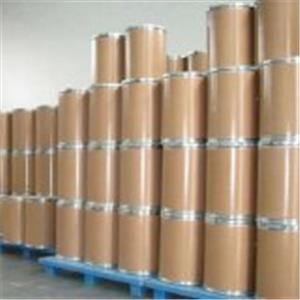

 China
China


